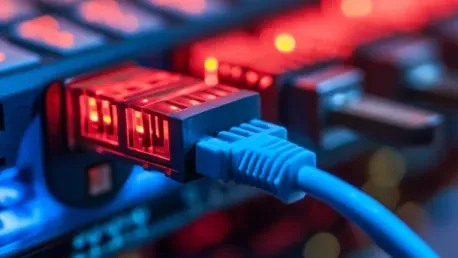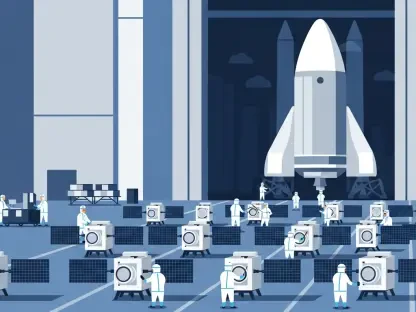Chunghwa Telecom, SK Broadband, SoftBank, and Verizon have announced a collaboration to construct a subsea cable system named E2A, aiming to connect Asia and North America. This extensive project, spanning approximately 12,500 kilometers, will link Japan, Taiwan, South Korea, and the US with landing stations in Maruyama (Japan), Toucheng (Taiwan), Busan (South Korea), and Morro Bay (California). Alcatel Submarine Network has been chosen to build the system, which is anticipated to be operational by the second half of 2028.
The E2A submarine cable system will feature 12 fiber pairs, providing a total capacity of over 192 Tbit/s. It will utilize an open cable architecture to allow scalability and multi-operator connectivity. Additionally, 18kV power feeding technology will enhance the efficiency of the subsea infrastructure. This project aims to deliver ultra-high capacity and low latency infrastructure critical for future AI applications, data centers, and cloud services.
Executives from SK Broadband and SoftBank underscore the growing importance of reliable international submarine cables in the evolving AI era. The Maruyama Landing Station in Japan will serve as one of the crucial landing points for the E2A cable and will support other essential submarine cable systems as well.
Chunghwa Telecom emphasized that the E2A cable will interconnect with Taiwan’s forthcoming SJC2 and Apricot cables, reinforcing Taiwan’s position as a significant submarine cable convergence center in the Asia-Pacific region. The telecom giant plans to leverage its extensive network infrastructure to ensure robust network resilience and attract more international partnerships.
This collaboration highlights the dedication of leading telecom operators to meet increasing data transmission demands fueled by advancements in AI and cloud technologies. The new E2A submarine cable marks a crucial step towards boosting global connectivity, enhancing infrastructure stability, and addressing the sophisticated needs of future AI-driven developments.









